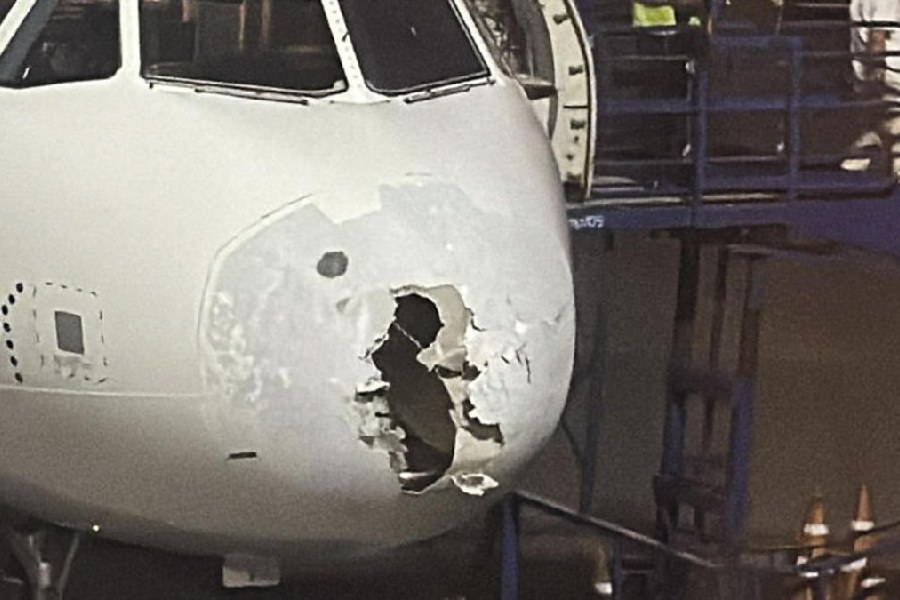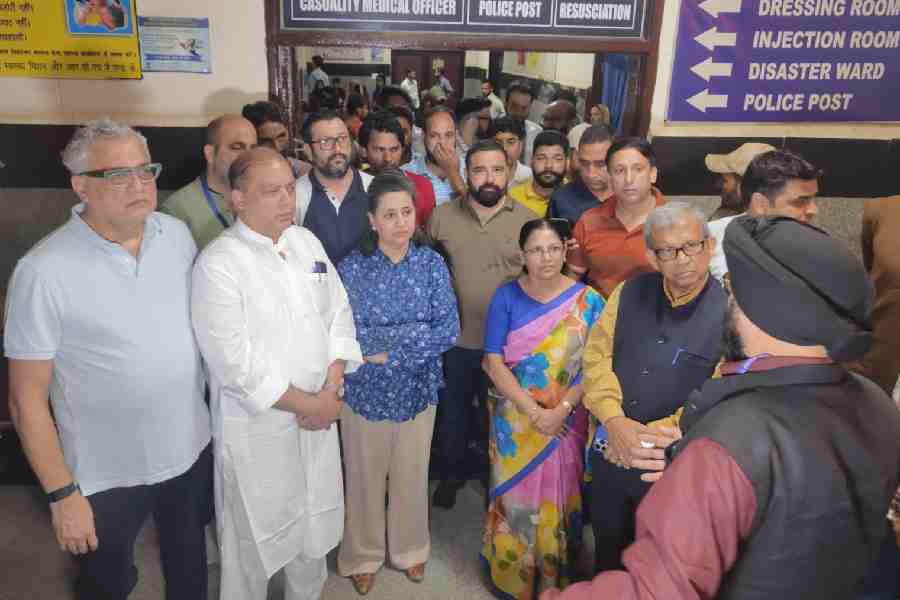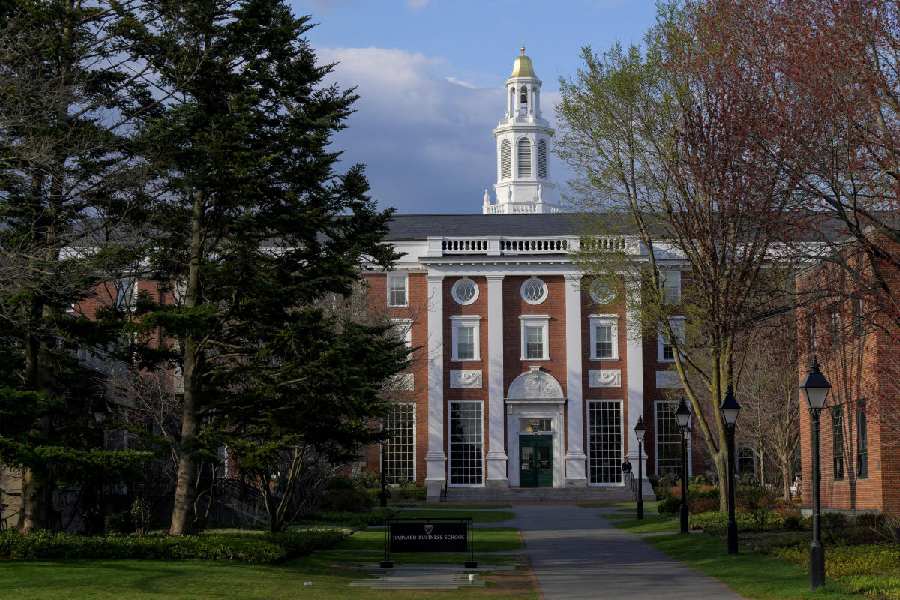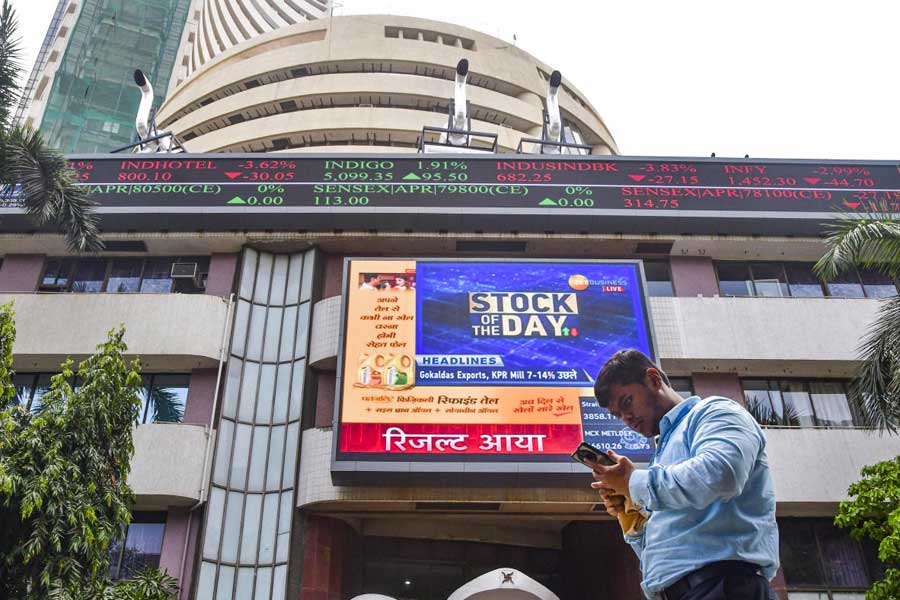Ravenshaw has been the unrequited love of my life. Whether loitering in its corridors as an undergraduate student, or about four decades after, at the helm of its administration, I could never have enough of it. I am beholden to Ravenshaw in my ever-blind adolescent love.
The magic of Ravenshaw lies as much in the splendour of its physical beauty as in the radiance of its heritage. None of that magic will remain if the name Ravenshaw is shorn off its epigraphy.
As a sophomore, Ravenshaw looked, in my imagination, like an enormous red whale in a sea of green grass and tall trees. A closer engagement with it in later years made me realise its undeniable role as the precursor of modernity in Odisha and how whatever is vital and living in the modern era of this state was forged in its hearth. In the process, its name has shed all personal nuance and become a metaphor. Therefore, to deprive it of its due will be, in the least, unconscionable.
I had heard almost at the outset, when I started working as its first vice-chancellor in November 2006, that the name of the university needs a makeover and the time for that is now opportune. It was a quiet buzz which died away without much ado. I heard then that some zealous vigilantes had mobilised support for the change in nomenclature at the time of the passing of the Ravenshaw University Act. Perhaps larger sensibility stood in their way. We all know how ridiculous it still sounds to call Howrah Bridge as Rabindra Setu and Connaught Circus as Rajiv Chowk. While one renaming could be understood as political sycophancy, the other one is breach of heritage and pure kitsch.
There is a difference in naming something fresh and new and devaluing the past by a casual flourish of renaming. The psyche that comes to play is the well-known Hindu xenophobia. If Mahatma Gandhi had not intervened from the bed of his hunger strike in Calcutta on the first Independence Day, a part of the old Viceregal palace, now residence of the Governor, would have been brutally vandalised.
If I were associated with the drafting of the Ravenshaw University Act, I would never have changed the pristine name of Ravenshaw College to Ravenshaw University for there was no etymological need. Isn't the Imperial College, London, a university still with the old nomenclature of Imperial College? People who love and respect a tradition often cling to it as a fetish.
Once, while roaming in London with painter Prafulla Mohanty and his English friend Derek Moore, we walked into Ravenshaw Street in North Hampstead. I was thrilled, without the faintest idea if the place was in any way connected with Thomas Edward Ravenshaw (1827-1914), the founder of my college. Just the word cast a magic spell and the 'red whale' of my adolescence again appeared before my eyes, "fair to look on, stately in proportions" in my home town Cuttack, 10,000 miles away.
Ravenshaw hailed from the Bath and Somerset region of England. He does not seem to have any great public school or Oxbridge connection. He, like his father, served the British East India Company and remained in Cuttack as the revenue commissioner from 1865, the year in which Cuttack Club was founded in the Fort, till 1878.
Almost simultaneous in arrival with Ravenshaw in Cuttack was the great Odisha famine of 1866, which devastated the state by killing about 30 lakh people because of inept handling of a slow and unresponsive administration. As the revenue commissioner, Ravenshaw has been assailed ever since for his inertia and incompetence.
Blaming Ravenshaw, in hindsight, for the mismanagement of famine relief is perhaps not unjust. It may be said by way of attenuation that Ravenshaw was totally swept over by the ferocity of the famine. He was barely there when the famine struck. He didn't have a grip of the field. His earlier experience was functioning as the commissioner of anti-dacoity operations for the entire presidency, a sort of crime branch activity. In Odisha, in his new charge as revenue commissioner, he hardly knew the lay of the land, and the cunning alleys of the market place. As a laissez fare textbook economist, he believed that if there was scarcity, the market mechanism itself would throw up the hoarded food grains by the laws of demand and supply. He was, sadly, mistaken.
However, his post famine pursuit of development projects, particularly in education, led to the founding of many institutions, the most notable being the Cuttack College, the first institution of higher learning in Odisha.
It was on the insistence of the Maharaja of Mayurbhanj and public upsurge, the name of the college was changed to Ravenshaw College in 1878. It was done to commemorate his single-mindedness to the cause of education in Odisha. Ravenshaw did not ask for it nor the colonial British government had put any pressure.
The renaming of Cuttack College after Ravenshaw was a natural surge of gratitude of the local people after he had departed Odisha, subsequent to a 12-year stint as its revenue commissioner.
The portrait of Ravenshaw as a knave and incompetent officer has emerged more out of the memoirs of his fellow officer John Beams than official records. John Beams was the collector of Cuttack in 1877 when Ravenshaw was the commissioner. Both did not like each other a bit.
Beams was sharp, independent, scholarly with great writing skill and fiercely defiant of authority. He had been suspended twice in his career, and suffered a punishment transfer to Chittagong from Cuttack for having disparaged his boss, Ravenshaw, by mimicry in a party. It happened when Ravenshaw sneaked into the party in the commissioner's own residence at Lalbagh, which currently houses Sishu Bhavan in Cuttack.
Despite their unconcealed mutual rancour for each other, it is amazing that both Beams and Ravenshaw, in their respective ways, wielded their cudgels against Bengali supremacy in protecting Odia as a language of transaction in government offices, and as a medium of instruction in schools.
Both Fakir Mohan (poet Fakir Mohan Senapati) and Gourishankar (Ray, known popularly as Karmabir Gourishankar) are important, but even they deified these two colonial administrators as protectors of Odia identity in language and letters.
Thomas Edward Ravenshaw, in particular, had proved his credentials by his unflinching support to propagation of Odia in promoting textbooks and primers, their writing and printing, and post creation for Odia school teachers.
When his seniors in Calcutta, swayed by Bengali propaganda, quipped that it would require another Vidyasagar for another twenty years to uplift lay Odia as a language, Ravenshaw did not buckle down and firmly defended the versatility of Odia.
Despite the hapless famine years, Ravenshaw loved the land and the people of Odisha. In his sunset years, he lived to be 86, he met Madhu babu (Utkal Gourab Madhusudan Das) in London, and talked to him with a warm smile.
Let this ephemeral debate not turn that smile to a smirk and let it not amuse him to see his decapitated head in the forecourt of Ravenshaw College, probably the best architectured college in the country, which he did not live to see.
• The author was the first vice-chancellor of Ravenshaw University











